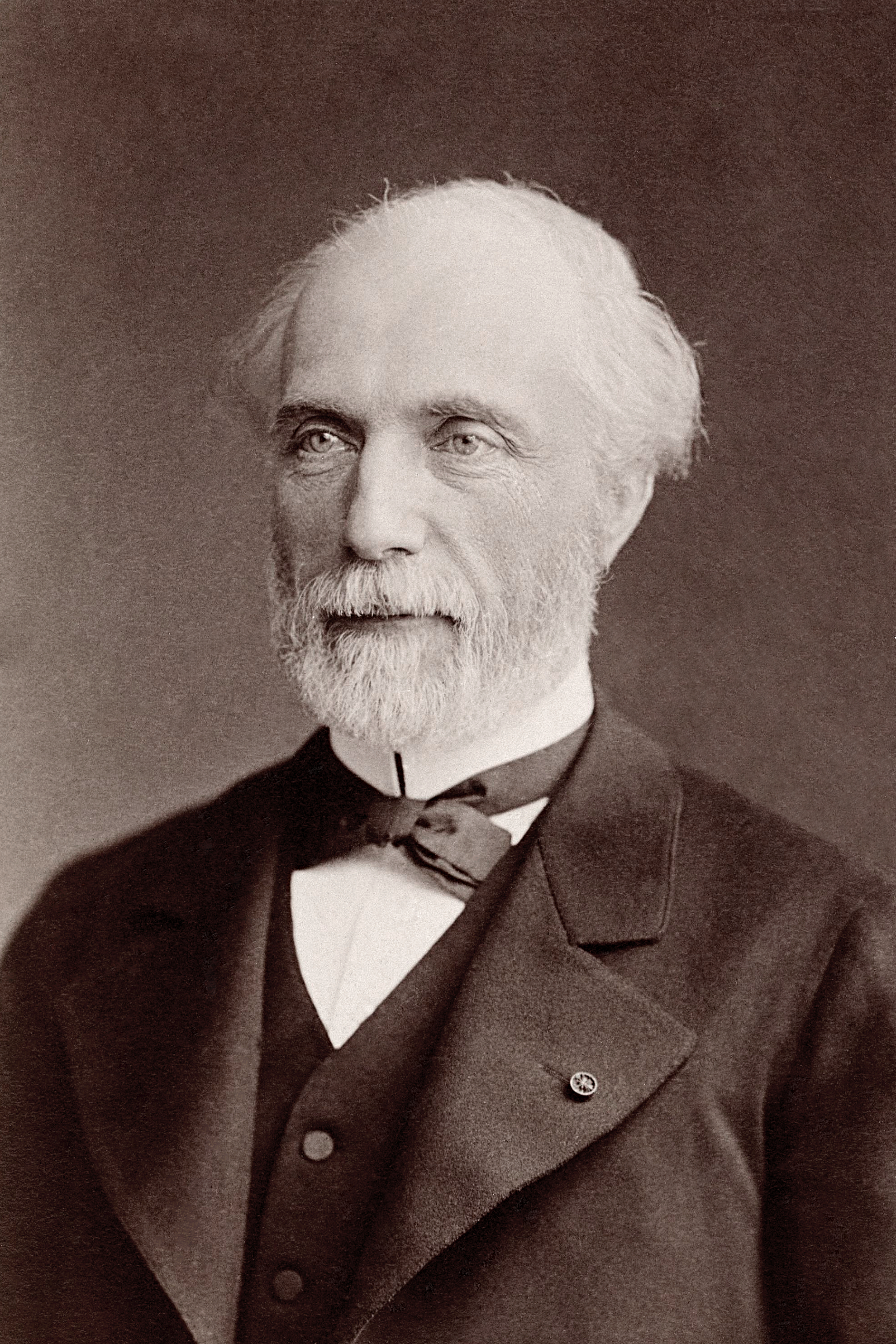145 years ago, the Freycinet Plan
It was on July 17, 1879 that the Freycinet Plan was adopted! Orchestrated by the Minister of Public Works at the time, Charles de Freycinet, it was a vast program whose aim was the construction of railway lines as well as navigation canals.

For Charles de Freycinet, the objective was clear: every French person had to have access to a railway line. His plan also aimed at promoting the economic growth of our beautiful country and allowing French people living in the most remote parts of the country to have access to the train.
Furthermore, its implementation also aimed to catch up in this area, compared to our Belgian or German neighbours and to promote the Third Republic, especially among rural populations. Indeed, the arming supply problem could have been the reason of our defeat in 1870, facing a Prussia much better served in terms of railway network.
In total, the Freycinet Plan allowed the construction of nearly 9,000 km of railway lines!
The Freycinet Plan was entirely carried out and ended in 1914. That is where the Freycinet Template (or Freycinet barge) comes from, that is to say a standardization of the size of barges, i.e. 38, 50 m long by 5.05 m wide and 1.80 m deep in the water.
Have you always dreamed of boarding a Freycinet barge? Good news ! During your visit to the Boat Lift museum, you will have the chance to climb into the Suzel, a moored Freycinet in which the bargemen's accomodation from the 1960s and 1970s has been recreated. You will also learn more about the way of life of the boatmen on their boat and their values.